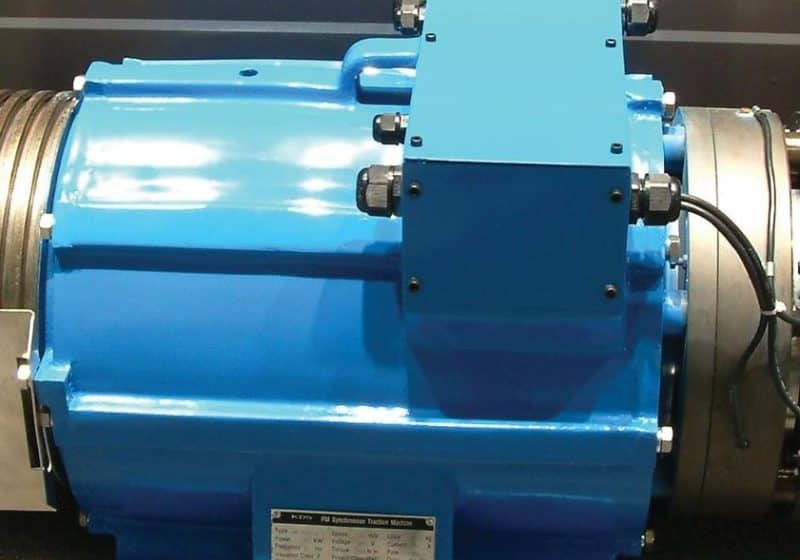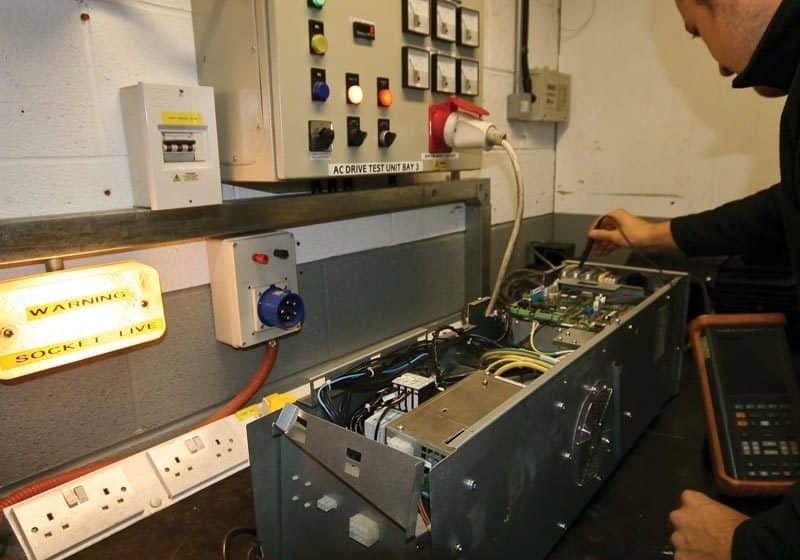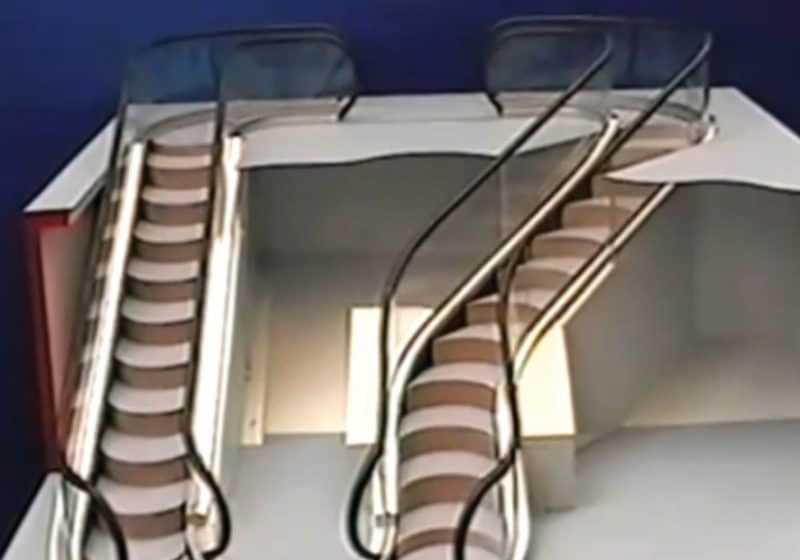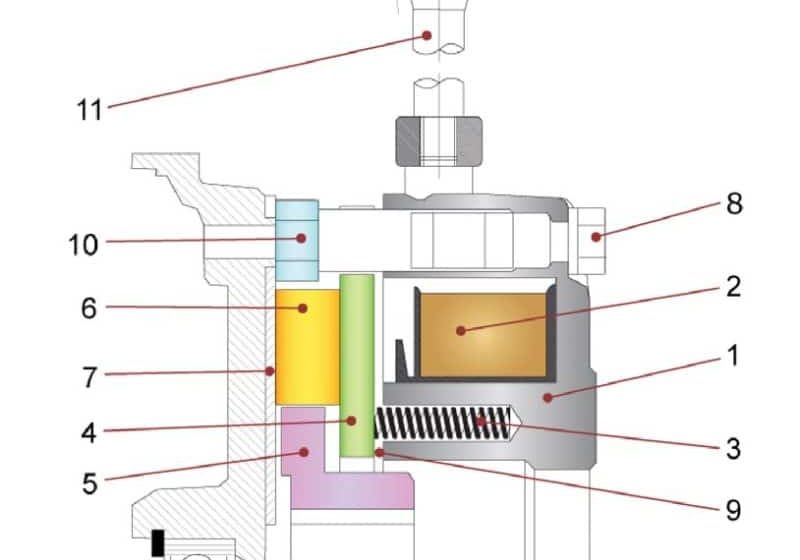Certification of Lifts per VDI 4707
The energy consumed by lifts makes up a considerable part of a building’s total energy costs, making energy-efficient lift systems more and more significant. We look at three steps that determine the energy efficiency of a lift system.
by Dieter Roas, TÜV SÜD Industrie Service
Energy-efficient lift systems are becoming more and more significant. This development is primarily driven by increasing competition, high energy costs, limited resources and climate change. Given this, lift systems should not use more energy than necessary. TÜV SÜD Industrie Service determines the energy-efficiency class and certifies energy-efficient lift systems per VDI (Association of German Engineers) Guideline 4707.
In the Kyoto Protocol, the United Nations agreed for the first time on legally binding targets and implementation tools to mitigate global climate change. The EU’s Energy Action Plan requires a 20% reduction in energy consumption by 2020. The German government’s national action plan for energy also requires a 20% increase in the energy efficiency of products. Against the backdrop of the mitigation of climate change and constantly rising energy costs, the lift industry also took voluntary action and committed itself to VDI Guideline 4707 to face the challenge of improving energy efficiency. TÜV SÜD Industrie Service supports lift operators and manufacturers in their sustainability efforts by offering the “Energy-Efficient Lift Systems” certification per VDI 4707, helping them uncover the potential for energy savings, cut costs and save resources.
VDI Guideline 4707
At present, VDI Guideline 4707 is the only official document that provides guidance on determining the energy consumption of lift systems. The guideline was initiated by the
lift industry and closely follows the European directives on energy efficiency. It describes a procedure that enables comparison and classification of the energy efficiency of lift systems. VDI Guideline 4707, for instance, introduced energy-efficiency classes for lifts. The classes A to G (that have been used so far for household appliances) now also apply to lift systems.
The objective of this guideline is to introduce standardized criteria for assessing the energy demand and consumption of lift systems. While Directive 2002/91/EC of the European Parliament and of the Council of 16 December 2002 (transposed into national law by the German Energy Conservation Regulation (EnEV) in May 2007) makes Energy Performance Certificates mandatory for building services, the same does not apply to lifts. Given this, cutting energy consumption by improving energy efficiency is still a voluntary measure by the lift industry.
Energy Efficiency as a Competitive Edge
The energy consumed by lifts makes up a considerable part of a building’s total energy costs. In view of rising energy costs, reducing electricity consumption is also becoming increasingly important for the lift industry. A detailed energy assessment of the lift is essential to reduce energy consumption and realize potential for savings – for example, by installing an intelligent lift control or cabin lighting system. Continued
The certification of lift systems as per VDI 4707 offers reliable guidance to lift operators, purchasing officers, building contractors, architects and planners in assessing the total energy demand of their lift installations. It produces a certificate documenting the energy efficiency of the lift and a report outlining feasible potential for energy savings.
VDI Guideline 4707 also creates an incentive for lift manufacturers to develop new, more energy-efficient solutions. The certificate, an impartial third-party confirmation of the lift system energy efficiency, can give its holder a competitive advantage. An energy-efficient lift system also documents responsible use of resources and commitment to sustainability, thus delivering clear benefits for corporate image.
Determining Energy Efficiency in Three Steps
Many components of lift systems offer starting points for energy savings. In addition to the energy consumption during travel, a lift’s standby consumption significantly influences its total energy demand. To identify the specific energy demand of a lift system, the experts of TÜV SÜD Industrie Service determine its energy efficiency in three steps, in accordance with VDI 4707. These steps involve establishing the usage category, standby demand and travel demand.
Depending on the situation in which the lift system is used, these three aspects may impact energy consumption differently. For example, the less a lift is used (e.g., number of trips per day), the more important its energy consumption in standby mode. The assessment of energy efficiency in accordance with VDI 4707 can be carried out on both new and existing lift systems. However, when comparing the measured results with the manufacturer’s specifications, one must bear in mind that variance and minor differences in settings may cause deviations of up to 20%.
Step 1: Establishing the Usage Category
In the first step, the lift is assigned to one of five usage categories depending on its daily period of operation and number of cycles. The usage category is based on the intensity and frequency of use, which ranges from very low/very rarely in category 1 to very high/very frequently in category 5. A critical factor for determining the usage category is the mean period of operation given in hours per day, which can be calculated from the mean number of trips and mean travel time.
The usage category as per VDI 4707 also considers the mean standby time in hours per day and typical kinds of buildings and uses. Buildings, for example, may range from residential buildings with up to six flats or small office and administrative buildings in category 1 to 100-meter-plus-high office and administrative buildings in category 5. The latter case also demonstrates the significance of standby demand for the total energy consumption of a lift system. Even though usage intensity in category 5 is considered very high in accordance with VDI 4707, the mean standby time in this category adds up to around 18 hours per day.
Step 2: Establishing Standby Demand
Step two identifies standby demand by measuring and recording the energy consumed by the electrical components that keep the lift ready for operation and use in standby operation. To calculate standby demand, the individual consumption values are measured and added roughly five minutes after the lift completed its last trip. The demand values are assigned to different classes of energy demand, from class A (50 Watts or less) to class G (over 1,600 Watts).
Standby demand also assesses the energy consumed by the lighting in the pit and machine room. Here, cabin lighting or lift controls may offer potential savings. Replacing conventional light bulbs with energy-efficient fluorescent ones, turning off the lights when the cabin is empty or installing an intelligent lift-control system that activates a pre-programmed standby mode are only some examples of how energy can be saved.
Step 3: Establishing Travel Demand
Step three measures the lift’s total energy demand during operation. A defined test cycle supplies exact energy consumption data, which are compared with those of various lift systems. The test cycle consists of a reference trip over the entire travel height with an empty cabin. The energy demand is measured while the lift travels upward and downward. Lift-door operation is also included in the calculation of energy demand.
Like standby demand, travel demand is also assigned to an energy-efficiency class. The lift’s specific energy consumption is calculated on the basis of its energy consumption, weight and travel height. The lift’s energy consumption in mWh/(kg*m) ranges from 2.21 or less in usage category 1 and energy-efficiency class A to over 5.53 in usage category 5 and energy-efficiency class G.
Conclusions
Sustainable operations favorably affect business results. The “Energy Efficient Lift Systems” certification per VDI Guideline 4707 enables lift operators and manufacturers to assess the energy demand of their lifts in an adequate way and realize potential savings. Energy-efficient lift systems cut operating costs, create competitive advantages and demonstrate resource-efficient operations.
Get more of Elevator World. Sign up for our free e-newsletter.








